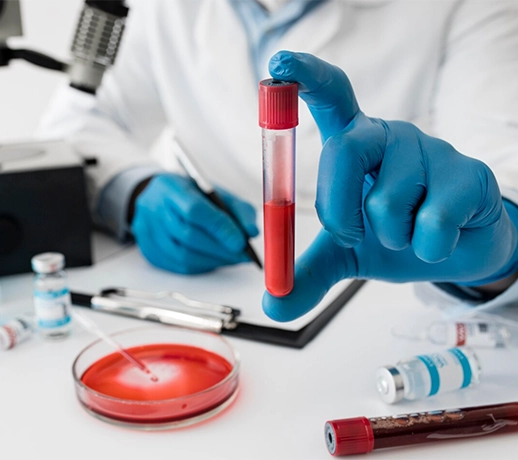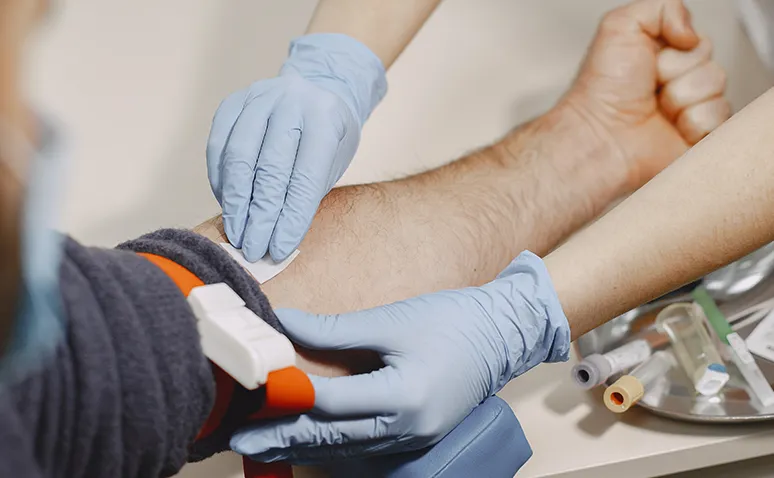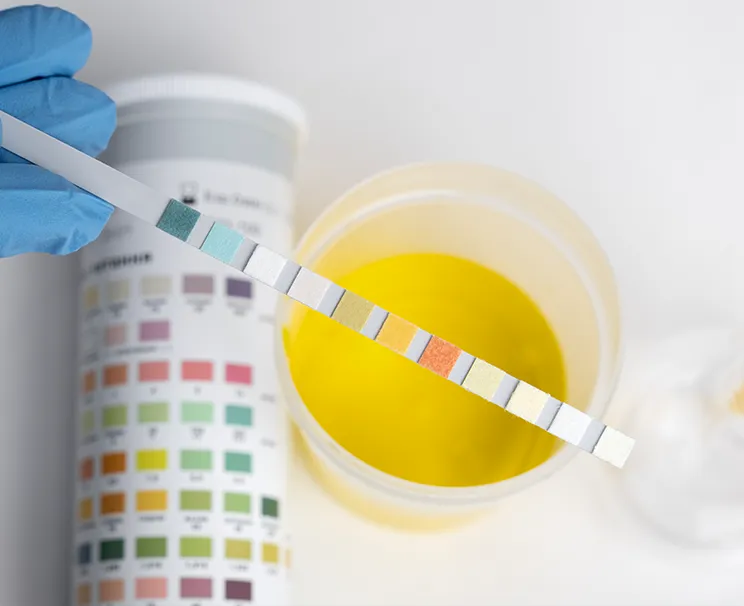What should the hemogram value be is a frequently asked question by expectant mothers during pregnancy. This test helps monitor maternal health by analyzing the general composition of the blood.
What should the hemogram value be cannot be answered with a single standard, as the expected levels vary for each mother due to physiological differences. Low or high results may indicate pregnancy-specific conditions or deficiencies. Therefore, the test results should always be evaluated by a physician.
Additional factors that may affect hemogram values:
What Should Hemogram Values Be During Pregnancy?
The physiological changes that occur during pregnancy directly affect blood parameters. Therefore, the hemogram test is of great importance in monitoring the mother’s health and identifying potential risks in advance. This test, which especially evaluates red blood cells, white blood cells, and platelets, shows whether the hematological balance during pregnancy is maintained.
During pregnancy, some hemogram values may fall outside the reference range. A common finding is a decrease in hemoglobin levels, often linked to iron deficiency anemia. Insufficient hemoglobin can affect both maternal health and fetal development. In such cases, a detailed evaluation should be conducted by a doctor, and a proper treatment plan should be initiated.
Some important considerations regarding the hemogram test during pregnancy include:

Early detection of changes in hemogram values during pregnancy offers a great advantage for preventive interventions. Common conditions such as anemia should be carefully monitored to prevent the progression of health problems. Repeating this test, especially in the second and third trimesters, is recommended. This ensures a safe process for both maternal well-being and fetal development.
Regular hemogram monitoring plays a critical role in safeguarding the health of both the mother and baby during pregnancy. In any suspicious case, professional consultation must be sought.
Frequently Asked Questions
What should hemogram values be during pregnancy?
During pregnancy, hemoglobin should range from 11-13 g/dL, leukocytes from 6,000-16,000/mm³, and platelets from 150,000-400,000/mm³. Values outside this range may indicate potential hematological changes.
What should blood values be during pregnancy?
Monitoring hemoglobin and hematocrit levels is key. A hemoglobin level below 11 g/dL may be an early indicator of iron deficiency anemia and may require medical intervention.
What should hemogram values be?
All parameters in a hemogram test vary depending on age, gestational week, and general health status. Thus, individual evaluation is more important than relying on standard values.
When is a blood value considered low?
Hemoglobin below 10.5 g/dL is generally considered low. This may indicate iron deficiency or blood loss and should be investigated.
At what level does low HGB become dangerous?
When hemoglobin falls below 7 g/dL, it signifies severe anemia, which requires immediate medical attention. Without treatment, it poses increased risks for both mother and baby.
What are the most important blood values?
Hemoglobin, hematocrit, leukocytes, and platelets provide vital information about blood health. A balanced state of these parameters indicates proper bodily functions.
For accurate blood analysis during pregnancy follow-up, you can contact Denge Tıp.










